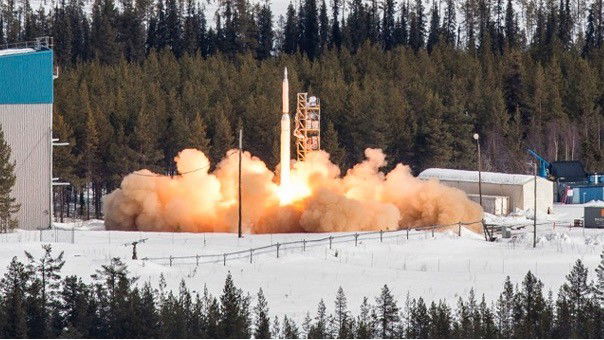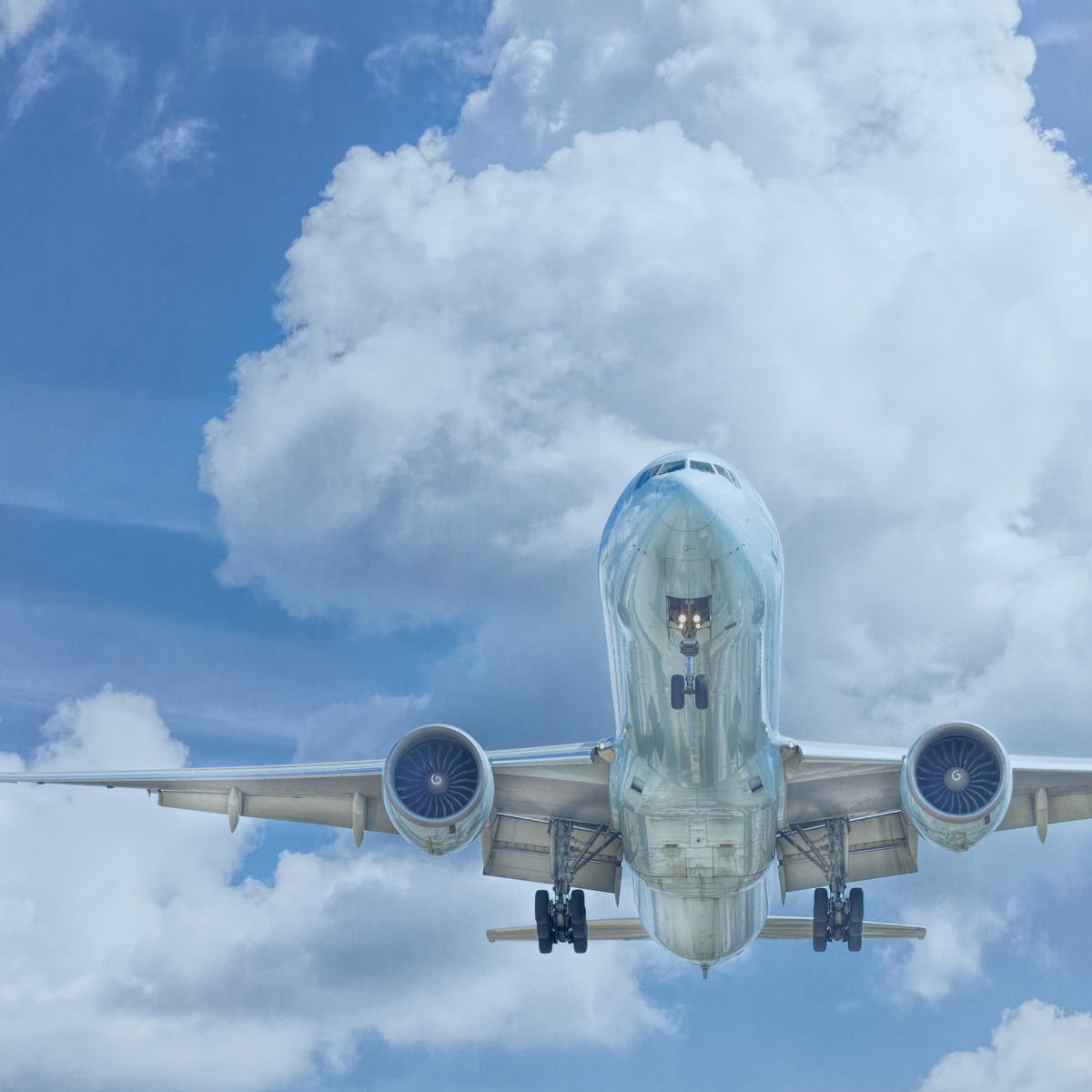Aviation and Spaceflight
Regulating cabin pressure, controlling the pilots' emergency oxygen supply and checking the fuel pumps – pressure sensors for all these tasks can be obtained from a single source. Since 1997, KELLER Pressure has been supplying its products to a wide range of sectors within the aerospace industry.
Filters

Security for Aviation

Aircraft De-icing

Pressure Transmitters in Spaceflight

Flying High Into the Thermosphere

Other Aviation and Spaceflight Applications
Contact
SOLUTIONS FOR YOUR APPLICATIONS
We will be happy to assist you
